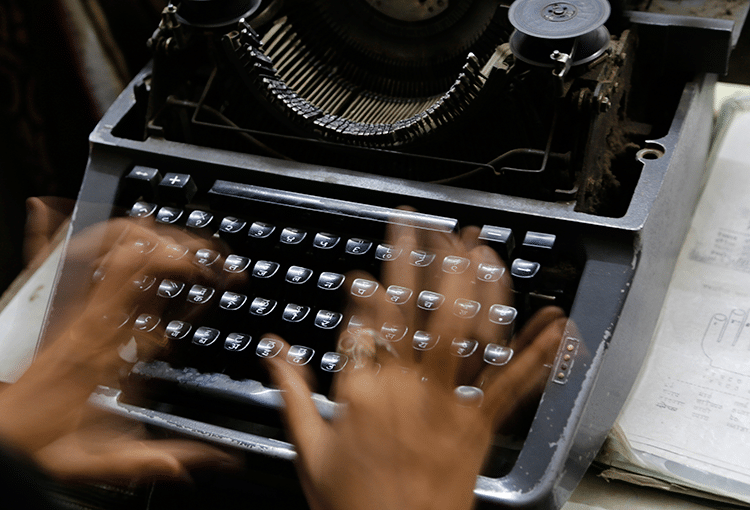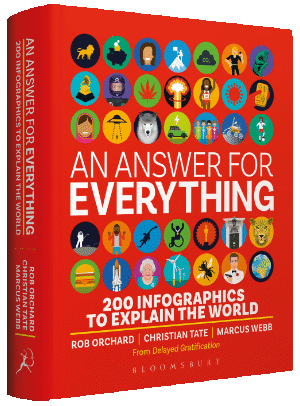Best of Slow Journalism: Chicago after Laquan McDonald

Photo: AP Photo/Rajanish Kakade
“They don’t care about black people,” yells a woman with copper-tinted dreadlocks in an auditorium at Chicago’s public safety headquarters. She is amongst a group of young black protesters who have commandeered the police board’s March 2016 meeting. The board only cares, she says, about protecting the police.
This sentiment resonated particularly loudly last November when the city of Chicago reluctantly released a dash-cam video showing Laquan McDonald, a black teenager, being shot 16 times by Jason Van Dyke, a white police officer.
In ‘Chicago After Laquan McDonald’, published in the New York Times Magazine, Ben Austen exposes the deep-rooted culture of secrecy and impunity amongst “Chicago’s finest” – its police force – and amongst much of the city’s government.
Chicago mayor Rahm Emanuel reacted to the killing of Laquan McDonald by firing his police superintendent, Garry McCarthy, last December, which led to other officials stepping down. Although the mayor promised an overhaul of his police department, many Chicagoans continue to direct their outrage at him. Austen interviews activist Veronica Morris-Moore, who says that at the time Emanuel pledged to dedicate his second term to “preventing another lost generation of our city’s youth”, his office tried to keep the video of McDonald’s killing from being seen by the public.
‘Chicago After Laquan McDonald’ is an eye-opening read about the routine nature of cover-ups in Chicago’s police force and the people fighting against this status quo. Read the full piece here.
Slow Journalism in your inbox, plus infographics, offers and more: sign up for the free DG newsletter. Sign me up
Thanks for signing up.





